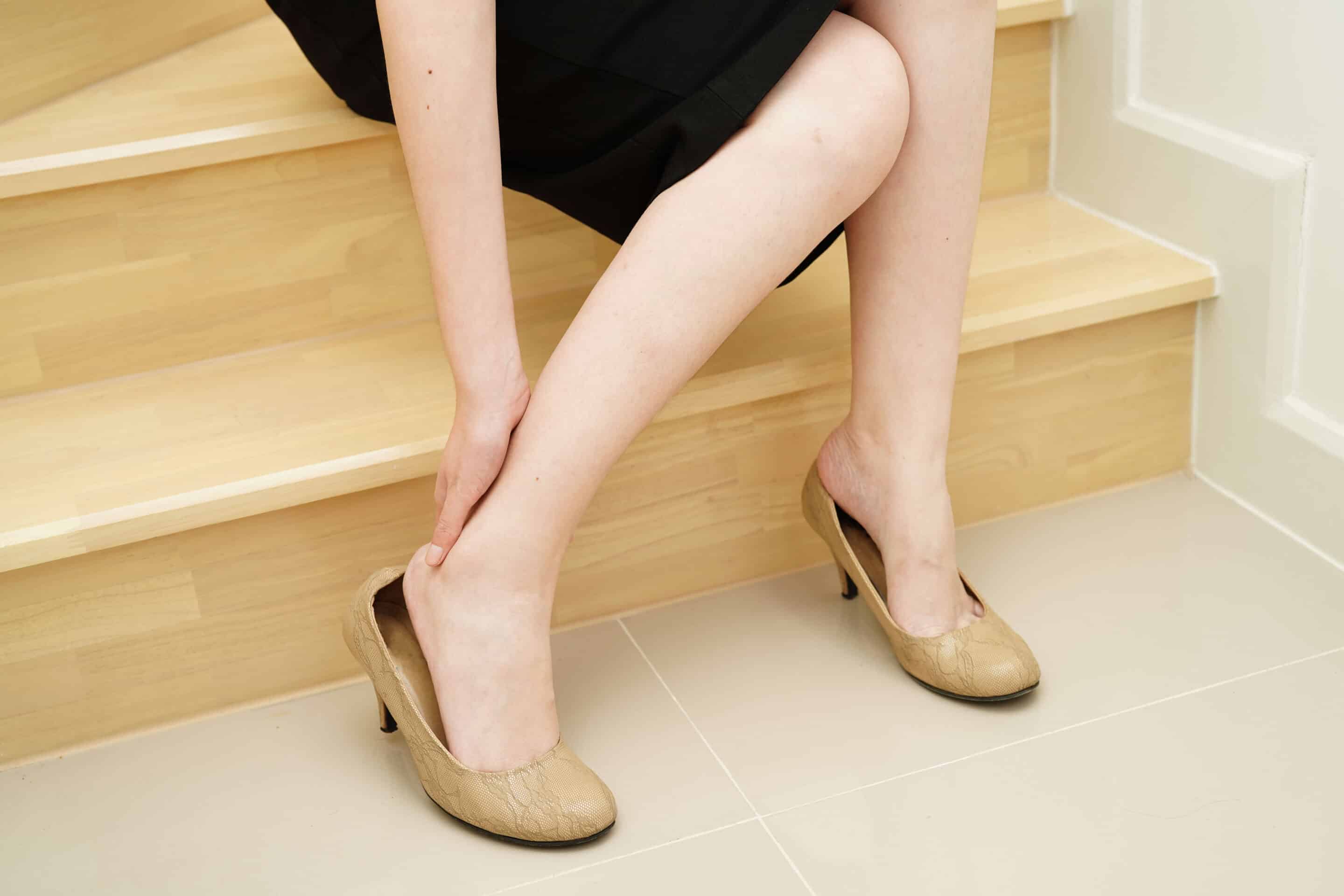Heel Spurs
Heel spurs are a common yet painful foot condition that affects many individuals, particularly those with active lifestyles or pre-existing foot problems. These bony growths develop on the underside of the heel bone due to prolonged stress and strain on the foot. While some people may not experience symptoms, others suffer from persistent heel pain and inflammation that can impact daily activities.
What Causes Heel Spurs?
Heel spurs form as a result of repeated stress on the heel. Factors that contribute to their development include excessive strain on foot muscles and ligaments, long-term wear and tear, and underlying conditions such as plantar fasciitis. The continuous pulling of the plantar fascia on the heel bone can lead to calcium deposits forming over time, resulting in heel spurs.
Learn more about plantar fasciitis and how it contributes to heel spurs.
Symptoms of Heel Spurs
Heel spurs can cause significant discomfort, particularly after long periods of rest or intense activity. Common symptoms include:
- Sharp or stabbing pain in the heel
- Swelling and inflammation around the affected area
- Tenderness and sensitivity on the underside of the heel
- Difficulty walking or running due to persistent discomfort
If left untreated, heel spurs can worsen, leading to more severe foot problems. Explore other heel pain conditions.
Who Is at Risk for Heel Spurs?
Several factors increase the risk of developing heel spurs, including:
- Age: More common in adults over 40 due to decreased foot flexibility
- Excess weight: Additional pressure on the heel can accelerate spur formation
- Foot structure: Flat feet or high arches alter foot mechanics, increasing strain
- Repetitive stress from sports: Running, jumping, and other high-impact activities contribute to heel spur development
Learn more about sports-related foot injuries and how they can lead to heel spurs.
How Are Heel Spurs Diagnosed?
A proper diagnosis begins with a thorough foot examination by a specialist. Your podiatrist will check for tenderness and inflammation before ordering an X-ray to confirm the presence of bony growth. Because heel spurs often occur alongside plantar fasciitis, differential diagnosis is crucial to developing an effective treatment plan.
Treatment Options for Heel Spurs
Conservative Treatment Approaches
Most cases of heel spurs can be managed with non-surgical methods, including:
- Rest and ice therapy to reduce inflammation
- Stretching exercises to relieve tension in the plantar fascia and Achilles tendon
- Custom orthotic inserts to provide cushioning and arch support
- Anti-inflammatory medications to manage pain and swelling
- Physical therapy for strengthening exercises and improved flexibility
Find out how custom orthotics can alleviate heel pain.
Advanced Treatment Options
For patients who do not respond to conservative treatments, more advanced therapies are available, including:
- EPAT Therapy: A non-invasive treatment that stimulates healing and reduces heel spur pain
- Shockwave Therapy: Helps break down scar tissue and promotes natural recovery
- Cortisone Injections: Provides relief for chronic pain and inflammation
Discover the benefits of EPAT therapy.
Surgical Intervention
If heel spurs cause severe pain and non-invasive treatments fail, surgery may be recommended. Heel spur removal is a last-resort option that involves removing the bony growth to relieve pressure on the foot.
Recovery and Prevention
Proper post-treatment care is essential to preventing heel spurs from returning. Recovery strategies include wearing supportive footwear, maintaining a healthy weight, and incorporating daily stretching exercises to improve foot flexibility. Using custom orthotics can also help ensure proper foot alignment and reduce strain.
Why Choose Foot & Ankle Specialists of Central PA?
At Foot & Ankle Specialists of Central PA, our expert podiatrists specialize in diagnosing and treating heel spurs using cutting-edge technology and personalized care plans. From non-invasive therapies like EPAT to advanced surgical solutions, we offer comprehensive treatment options tailored to your needs.
If you are struggling with persistent heel pain, don’t wait—get the relief you need today.
Book a consultation with our specialists for a thorough evaluation and customized treatment plan.


